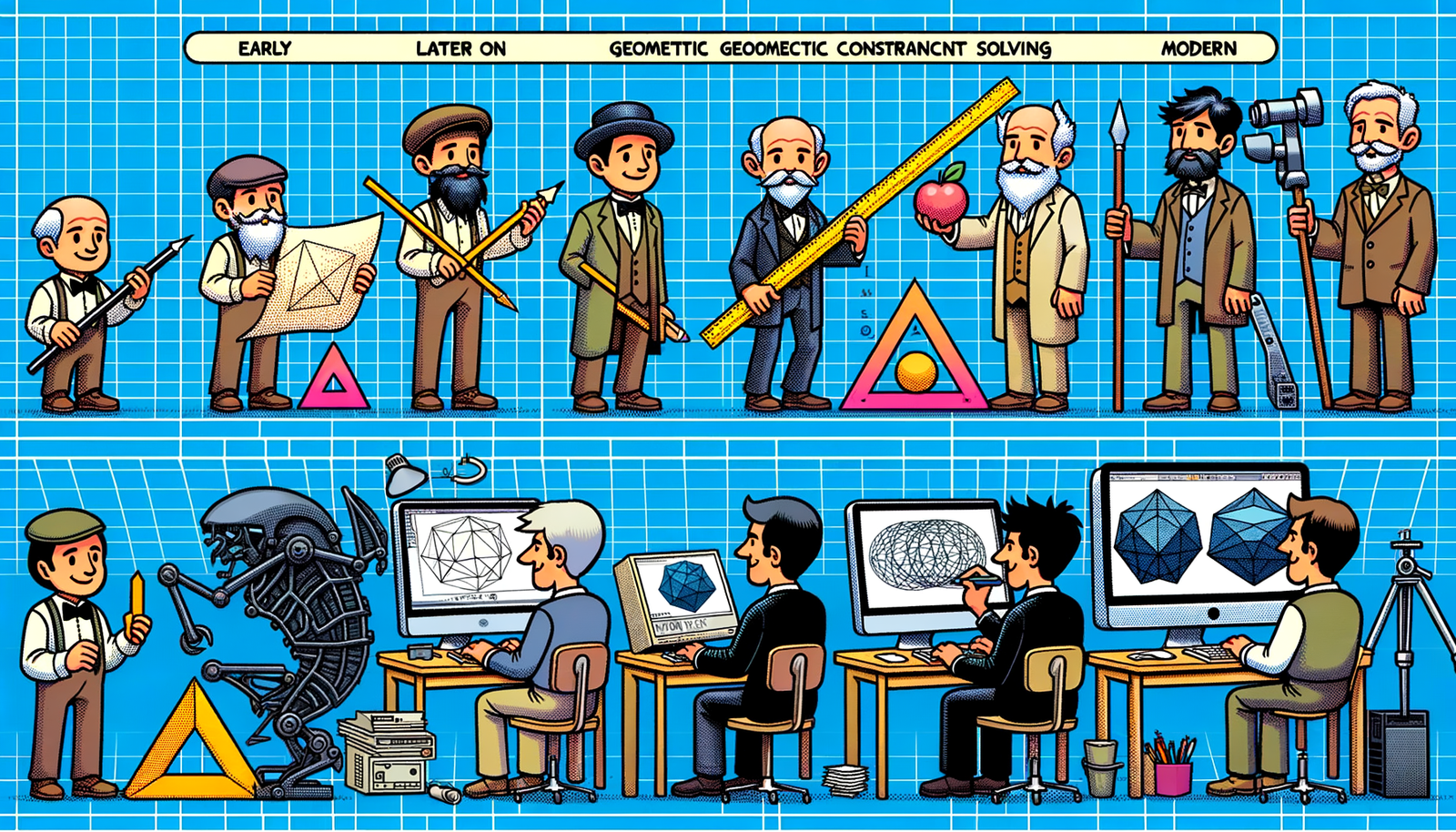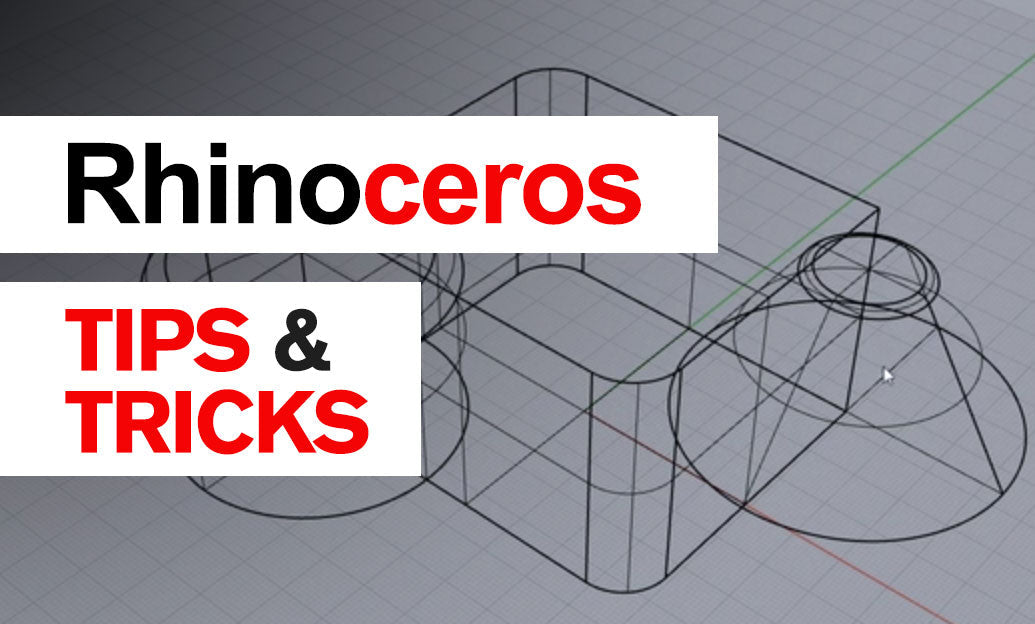Your Cart is Empty
Customer Testimonials
-
"Great customer service. The folks at Novedge were super helpful in navigating a somewhat complicated order including software upgrades and serial numbers in various stages of inactivity. They were friendly and helpful throughout the process.."
Ruben Ruckmark
"Quick & very helpful. We have been using Novedge for years and are very happy with their quick service when we need to make a purchase and excellent support resolving any issues."
Will Woodson
"Scott is the best. He reminds me about subscriptions dates, guides me in the correct direction for updates. He always responds promptly to me. He is literally the reason I continue to work with Novedge and will do so in the future."
Edward Mchugh
"Calvin Lok is “the man”. After my purchase of Sketchup 2021, he called me and provided step-by-step instructions to ease me through difficulties I was having with the setup of my new software."
Mike Borzage
Design Software History: Augmented Reality's Evolution and Impact on Modern Design Visualization
May 23, 2024 5 min read


Introduction to Augmented Reality in Design Visualization
Definition and Overview
Augmented Reality (AR) refers to the technology that overlays digital content, such as images, sounds, or other data, onto the real-world environment. This blend of physical and virtual worlds offers a rich, interactive experience, enhancing the user's perception and interaction with the real world. AR applications in design visualization are transforming how designers conceptualize, develop, and present their ideas, providing a more immersive and intuitive way to explore design concepts.
Early Developments in AR Technology
The journey of AR technology began in the 1960s with early forays into virtual reality. One of the pioneering figures was Ivan Sutherland, often referred to as the "Father of Computer Graphics." His creation of the first head-mounted display system, known as "The Sword of Damocles," marked the inception of technologies that would eventually evolve into AR.
In the early 1990s, Tom Caudell and David Mizell coined the term "Augmented Reality" while working at Boeing. They developed a system that displayed schematics and diagrams directly onto aircraft manufacturing parts, significantly improving the efficiency and accuracy of the assembly process. These early innovations laid the groundwork for modern AR applications.
Importance of AR in Modern Design
AR technology has revolutionized the design processes across various fields by providing tools that enhance visualization and interaction. In architecture, AR enables architects to superimpose digital models of buildings onto physical sites, facilitating better spatial understanding and client presentations. In the automotive industry, AR aids in visualizing complex component assemblies and streamlining design iterations. Product designers utilize AR to create virtual prototypes, allowing for real-time testing and modifications without the need for physical models.
- Enhanced design processes: AR tools provide more intuitive ways to interact with design elements, improving the accuracy and efficiency of the design process.
- Versatility across fields: AR applications are used in architecture, automotive, and product design, among other fields, to visualize and iterate on designs more effectively.
Pioneers and Key Players in AR Design Software
Trailblazers and Innovators
The evolution of AR technology has been driven by the contributions of numerous visionary individuals. Ivan Sutherland's early work in head-mounted displays provided the foundational concepts for AR. Tom Caudell and David Mizell, through their work at Boeing, demonstrated the practical applications of AR in industrial settings, showcasing its potential to transform traditional design and manufacturing processes.
Another key figure is Steve Mann, who developed wearable computing technologies that contributed significantly to the evolution of AR. His pioneering work in the 1980s and 1990s laid the groundwork for modern wearable AR devices, such as smart glasses.
Influential Companies
Several companies have played pivotal roles in advancing AR design software. Autodesk, a leader in design and engineering software, has developed tools like Autodesk HoloStudio, which enables designers to create 3D models in an AR environment. Unity Technologies is another key player, providing the Unity AR Foundation, a comprehensive platform for AR development that supports a wide range of devices and applications.
PTC, with its Vuforia platform, offers powerful AR capabilities for industrial applications, enabling designers and engineers to create and visualize complex models in real-world settings. These companies, among others, have significantly impacted the AR design software landscape, driving innovation and adoption.
Case Studies
Real-world applications of AR in design projects have demonstrated the practical benefits and transformative potential of this technology. By leveraging AR tools, designers can create more engaging and interactive experiences, enhancing both the design process and the final product. Success stories from various industries highlight how AR has been used to solve complex design challenges, improve collaboration, and accelerate project timelines.
Technical Foundations and Core Technologies
Essential Technologies in AR
The core technologies that power AR include both hardware and software components. On the hardware side, AR headsets, such as Microsoft HoloLens and Magic Leap, provide immersive experiences by overlaying digital content onto the real world. Mobile devices equipped with cameras and sensors, like smartphones and tablets, also serve as accessible platforms for AR applications.
Key software technologies include platforms like ARKit by Apple and ARCore by Google, which provide robust frameworks for developing AR applications. These platforms offer tools for motion tracking, environmental understanding, and light estimation, enabling developers to create seamless AR experiences.
Geometric and Solid Modeling in AR
AR technology seamlessly integrates with existing CAD and modeling tools, allowing designers to visualize and interact with 3D models in real-world environments. Geometric modeling plays a crucial role in AR, as it enables the accurate representation of complex shapes and structures. Tools like Autodesk 3ds Max and Blender provide robust modeling capabilities that complement AR visualization.
Solid modeling, a subset of geometric modeling, focuses on representing the volume and shape of objects. This is particularly important in AR applications where precision and realism are critical. By leveraging solid modeling techniques, designers can create highly detailed and accurate models that enhance the overall AR experience.
Mathematical and Computational Models
The underlying mathematical models that enable AR include computer vision algorithms and spatial mapping techniques. Computer vision algorithms analyze and interpret visual data from cameras, allowing AR systems to recognize and track objects in the real world. Spatial mapping techniques create detailed maps of the physical environment, enabling accurate placement of digital content.
Advances in computational models, such as machine learning and deep learning, have further enhanced AR capabilities. These models enable more sophisticated object recognition, gesture tracking, and environmental understanding, paving the way for more immersive and interactive AR experiences.
Future Directions and Emerging Trends
Innovations and Next-Generation AR Tools
The future of AR in design visualization is marked by several emerging technologies and tools. One notable trend is the integration of artificial intelligence (AI) with AR, which promises to enhance interactivity and personalization. AI-driven AR applications can provide more intuitive user interfaces, predictive design suggestions, and real-time feedback.
Another emerging trend is the development of more advanced AR hardware, such as lightweight, high-resolution headsets and wearable devices. These next-generation AR tools will offer improved comfort, usability, and visual fidelity, making AR more accessible and practical for a broader range of design applications.
Challenges and Opportunities
Despite the significant advancements in AR technology, several challenges remain. Current limitations include issues with hardware ergonomics, limited battery life, and the need for robust computational power. Additionally, creating seamless AR experiences requires precise tracking and environmental understanding, which can be technically demanding.
However, these challenges present opportunities for innovation and growth in the design software industry. Advancements in hardware design, computational models, and user interface technologies will continue to drive the evolution of AR. By addressing these challenges, the industry can unlock new possibilities for design visualization and collaboration.
Impact on Design Collaboration and Creativity
AR is transforming collaborative design processes by enabling remote teams to work together in immersive virtual environments. Designers can share AR experiences in real-time, providing a more interactive and engaging way to review and iterate on designs. This fosters greater collaboration and communication, leading to more innovative and refined design solutions.
- Enhanced collaboration: AR facilitates real-time sharing and interaction, improving communication and collaboration among design teams.
- Increased creativity: The immersive nature of AR encourages designers to explore new ideas and approaches, leading to more creative and innovative outcomes.
The influence of AR on creativity in design fields cannot be overstated. By providing a more intuitive and immersive way to interact with design concepts, AR encourages designers to think outside the box and push the boundaries of traditional design methodologies. This leads to more innovative and impactful design solutions that can transform industries and improve the overall user experience.
Also in Design News

Bluebeam Tip: Maximize PDF Security and Efficiency with Bluebeam Revu's Flatten Tool
December 02, 2024 1 min read
Read More
Design Software History: Evolution and Impact of Geometric Constraint Solving in CAD History
December 02, 2024 2 min read
Read More
Rhino 3D Tip: Enhancing Scale Modeling Accuracy in Rhino 3D: Essential Tips for Designers and Engineers
December 02, 2024 2 min read
Read MoreSubscribe
Sign up to get the latest on sales, new releases and more …


